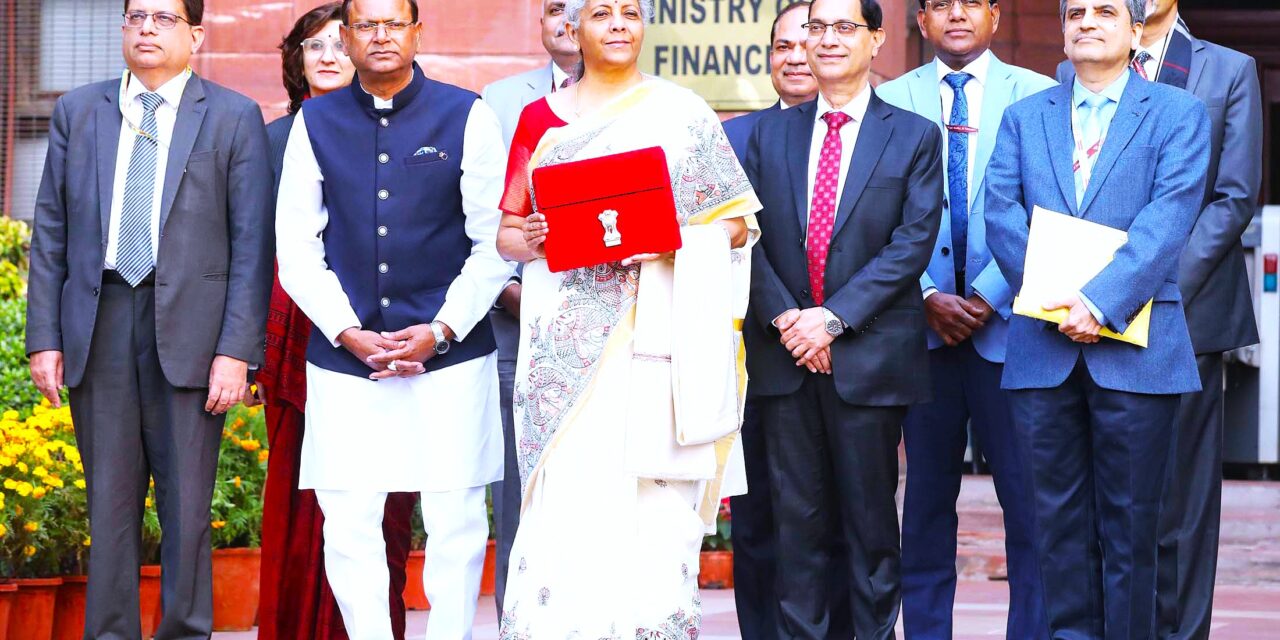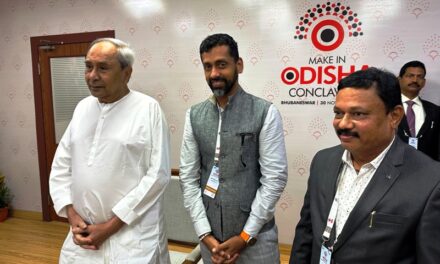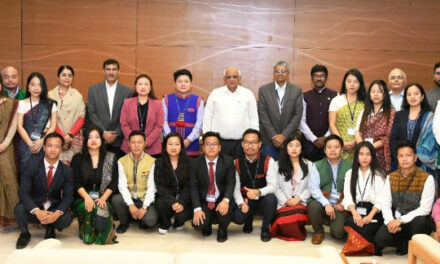New Delhi : On February 1, 2025, Finance Minister Nirmala Sitharaman presented the Union Budget for the fiscal year 2025-26, setting the tone for India’s economic policies and growth prospects. The Budget outlined the government’s vision to foster economic growth, promote digital transformation, address fiscal prudence, and create an environment conducive to investment. Here’s a breakdown of the significant provisions announced and their potential impact on businesses, consumers, and the broader economy.
1. Focus on Digital Economy and Technological Growth
The 2025 Budget places a strong emphasis on expanding India’s digital ecosystem. Sitharaman outlined several initiatives designed to further digitize government services, create a more inclusive online economy, and bolster cybersecurity frameworks. Key highlights include:
- Digital Infrastructure Development: The government plans to increase investments in digital infrastructure, aiming to connect underserved rural areas with high-speed internet, thereby bridging the digital divide.
- Support for Startups: The Finance Minister announced tax incentives for technology-driven startups and tech innovation hubs, including the extension of the tax holiday for new startups and the introduction of simplified tax compliance measures for digital enterprises.
- Cybersecurity Investment: A significant allocation of funds is directed towards enhancing India’s cybersecurity capabilities. The move is in response to growing cyber threats, especially in sectors like finance and healthcare, which rely heavily on digital operations.
2. Green Growth and Sustainability Initiatives
The Budget also outlines several measures to align India’s growth trajectory with global environmental sustainability standards. These include:
- Green Bonds: The government plans to issue green bonds to finance green infrastructure projects, such as renewable energy and sustainable urban development. This initiative aims to attract both domestic and foreign investments into India’s green economy.
- Promotion of Electric Vehicles (EVs): Tax incentives for the purchase and manufacture of electric vehicles have been expanded, supporting India’s transition to a more sustainable and energy-efficient transport system.
3. Infrastructure Development and Job Creation
Building upon previous years’ commitments to infrastructure, the 2025 Budget has outlined an ambitious roadmap to drive economic recovery and employment generation:
- Infrastructure Investment Fund (IIF): An allocation of ₹2 trillion is set aside for infrastructure projects across sectors, including transportation, urban development, and energy, with a focus on public-private partnerships (PPPs).
- Skill Development: Several programs aimed at enhancing skills for the workforce, particularly in emerging sectors such as AI, data science, and renewable energy, were announced to boost employment opportunities.
4. Tax Reforms and Incentives
In an effort to simplify the tax structure and foster greater business activity, the Finance Minister proposed the following changes:
- Corporate Tax Cuts: A reduction in the corporate tax rate for businesses investing in green technologies and digital infrastructure was announced. This tax cut is expected to encourage domestic and international companies to expand operations in India.
- Simplified Tax Filing for SMEs: Small and Medium Enterprises (SMEs) will benefit from simplified tax filing processes and the introduction of an online portal for faster GST reimbursements, designed to reduce the compliance burden.
- Personal Income Tax Relief: For individual taxpayers, the Budget proposed raising the tax exemption limit and providing rebates for those investing in long-term sustainable projects, including renewable energy.
5. Agriculture and Rural Development
The Budget also emphasizes the importance of the agricultural sector, with targeted measures to support farmers and rural communities:
- Tech-Driven Agriculture: Initiatives to promote the use of AI and drones in agriculture will be launched to improve productivity, reduce costs, and encourage sustainable farming practices.
- Farmers’ Welfare: An increase in subsidies for irrigation and soil health management, along with a direct income support scheme for farmers, was also announced to alleviate the financial strain faced by rural households.
6. Social Welfare and Healthcare Investments
A notable section of the Budget is devoted to social welfare, healthcare, and improving the quality of life for the underprivileged:
- Healthcare Funding: ₹75,000 crore has been earmarked for healthcare, with an emphasis on expanding healthcare infrastructure in underserved regions and improving public health outcomes through digital health solutions.
- Women’s Empowerment: The government plans to enhance support for women entrepreneurs, with new credit schemes, incubation centers, and skill development programs to empower women in the workforce.
7. Government’s Fiscal Prudence and Debt Management
In line with fiscal responsibility, the government has set a target of reducing the fiscal deficit to 4.5% of GDP by FY2026-27. This objective is supported by increased revenue generation through the expansion of the tax base and the introduction of new digital tax collection methods.
The General Budget 2025 presented by Nirmala Sitharaman is seen as a strategic blueprint for positioning India as a global economic leader in the coming years. With a clear focus on digital innovation, green growth, and infrastructural development, the Budget aims to pave the way for a sustainable and inclusive economic future.
For businesses, the increased tax incentives and simplified regulatory environment should provide ample opportunities for growth, particularly in technology-driven sectors. At the same time, the commitment to strengthening India’s digital and green infrastructure ensures that the economy remains competitive and resilient in a rapidly changing global landscape.










